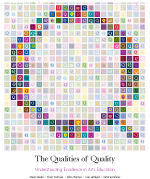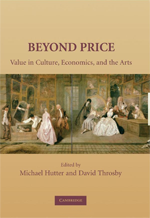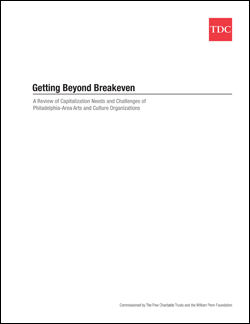Individual Donor
Individual Donor
In the aftermath of the economic tsunami, many non-profit organisations will be called upon to do more with less. As in past recessions, they will work to protect a mounting roster of victims from hunger, homelessness, ill-health and physical abuse.
Board members, donors and managers in the social sector will need to summon their courage and embrace an “equity ethic” to ensure that they and the organisations they support will be able to stay the course for the people who need them. To do so, they will need to tame one of their strongest impulses: to do more.
Read More...
The Qualities of Quality: Understanding Excellence in Arts Education; By Steve Seidel, Shari Tishman, Ellen Winner, Lois Hetland, Patricia Palmer. Project Zero, Harvard Graduate School of Education (Cambridge, MA), 2009, 121 pages. Commissioned by The Wallace Foundation with additional support from the Arts Education Partnership
Read More...
Beyond Price: Value in Culture, Economics, and the Arts; Edited by Michael Hutter and David Throsby; Cambridge University Press, 2007, 324 pages
— Lewis Hyde
I have visited groups of GIA members and nonmembers in every region of the country this year, from Boston to Los Angeles and Atlanta to Seattle. It has been an interesting first year as executive director of GIA, to say the very least. What I have observed is that grantmakers have not taken a “recess” during this challenging time. In many ways, for private and community foundations especially, there could have been a pulling away from grantees, a kind of “we can’t help you” attitude.
Read More...Recent studies on New York’s creative sector have established that the arts are a key asset in the city’s economic portfolio. Culture Counts: Strategies for a More Vibrant Cultural Life for New York City (2001); Creative New York (2005); and The Arts as an Industry: Their Economic Impact on New York City and New York State (2007) provide ample evidence that the diverse number of cultural institutions, arts-related businesses, and artists in New York generate employment, attract tourism, and enhance the city’s quality of life.
Read More...— Foundation President

